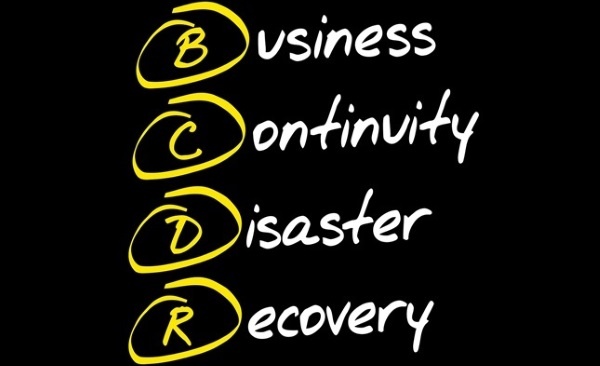Keeping your company in business during a crisis
A disaster recovery plan (DRP) is no longer a “nice to have” business investment. In today’s technology-dependent world, it has become a necessity.
We’ve seen disasters like cyber terrorism, hurricanes, fires, and floods wipe businesses out for good.
But we’ve also had the privilege of crafting disaster recovery policies and procedures that have made the difference between life and death for proactive companies.
As you invest in your business’s longevity and resilience, these documents are among the most important you’ll create. Here’s a look at what’s in them.
First things first: A Business impact analysis and budget
I’m getting ahead of myself.
 Before you craft your disaster recovery plan policies and procedures, you have to have a full understanding of what your legal duty is regarding a DRP.
Before you craft your disaster recovery plan policies and procedures, you have to have a full understanding of what your legal duty is regarding a DRP.
HIPAA and OSHA both have requirements, for example. A lawyer can be brought in to help you understand what laws and regulations apply to your business.
From there, you and a DRP specialist can create a business impact analysis that identifies your business’s most critical functions, and how your business and your clients would be hurt if these functions suddenly stopped.
With this information you can begin to create a budget based on a detailed risk analysis of each likely type of disaster.
Policy and procedure documents
Here’s the meat and potatoes of your DRP.
Basically, the policies are general instructions for handling business disasters, as well as a list of expectations for employee behavior.
That sounds pretty simple, but you may find it helpful to enlist a DRP specialist to help you craft realistic, careful policies, especially when it comes to handling your IT security and backup.
The procedure documents are much more specific, breaking down each of the policy instructions into a detailed flow of tasks, as well as who should perform them and contact information for every person or entity involved.
For many businesses, we’re talking a level of detail that includes exactly what extension to call at the police station in the case of a theft or breach.
The disaster recovery policies and procedures documents need to be available to each person involved in the procedures from both the company location and an offsite location, and be accessible in disaster scenarios like loss of power.
Varay’s trusted DRP specialists don’t cut corners
Knowing how crucial our clients’ DRPs are, we go to great lengths to help them craft the best possible policy and procedure documents, but we also bring in preventative and detective measures to protect them from any avoidable disasters.
With preventative, detective, and corrective measures in place, you can rest easy knowing your business has a disaster recovery plan that will protect you and allow you to do what you do best, even in the worst-case scenario.
Safeguard your business for the long haul
Contact us today to set up a free DRP Assessment and learn more about protecting your business with solid disaster recovery plan policies and procedures.



![Disaster recovery policy [DRP procedure] 1 Cafe owner smiling at the camera at the cafe](https://cdn2.hubspot.net/hubfs/1773137/Stock%20images/Cafe%20owner%20smiling%20at%20the%20camera%20at%20the%20cafe.jpeg)
